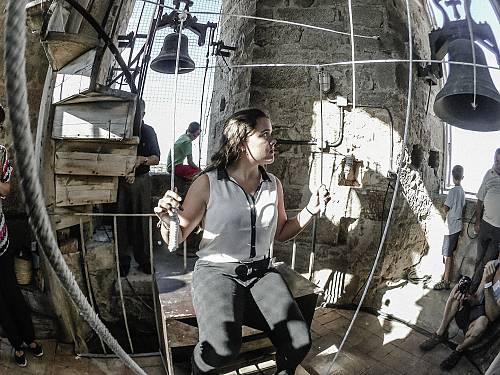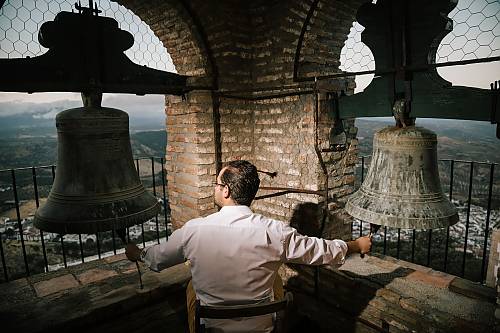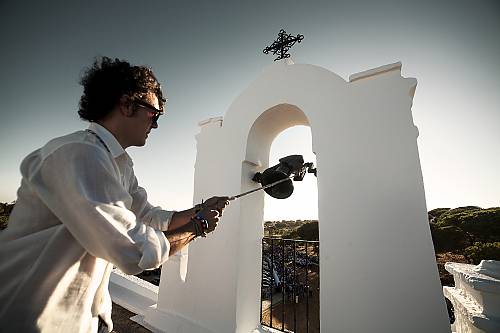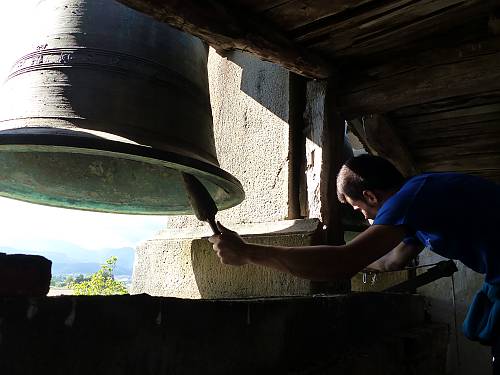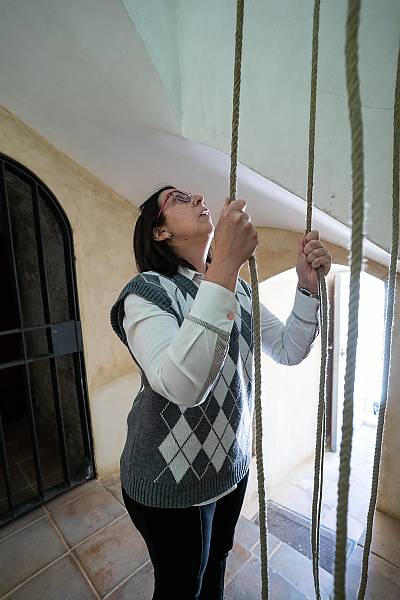Manual bell ringing
Inscribed in 2022 (17.COM) on the Representative List of the Intangible Cultural Heritage of Humanity
Over the centuries, bell ringing has served as a means of expression and communication in Spain, fulfilling a number of social functions, from information-sharing, to coordination, protection and cohesion. The coded messages conveyed through the ringing are recognized by the various communities and help to structure local life. There is a wide variety of sounds determined by the techniques (chiming, turning or half turning) combined with the skills of bell ringers and the physical characteristics and acoustical properties of the bells, towers and belfries. These elements converge to create a deep and rich repertory in both religious and civic arenas for marking distinct moments in the day, alerting the populace to natural events, such as fires or floods, or to funeral processions, and announcing decrees and other news. Bell ringing is also a central part of local events, celebrations and performances. The practice is transmitted from the bell ringers to younger generations and through bell-ringing groups or organizations that, in addition to documenting and researching the practice, also ring, transmit, instruct and disseminate the art of traditional bell ringing. Most individuals who pass on these skills are themselves young people attempting to recruit new enthusiasts to continue the practice.



